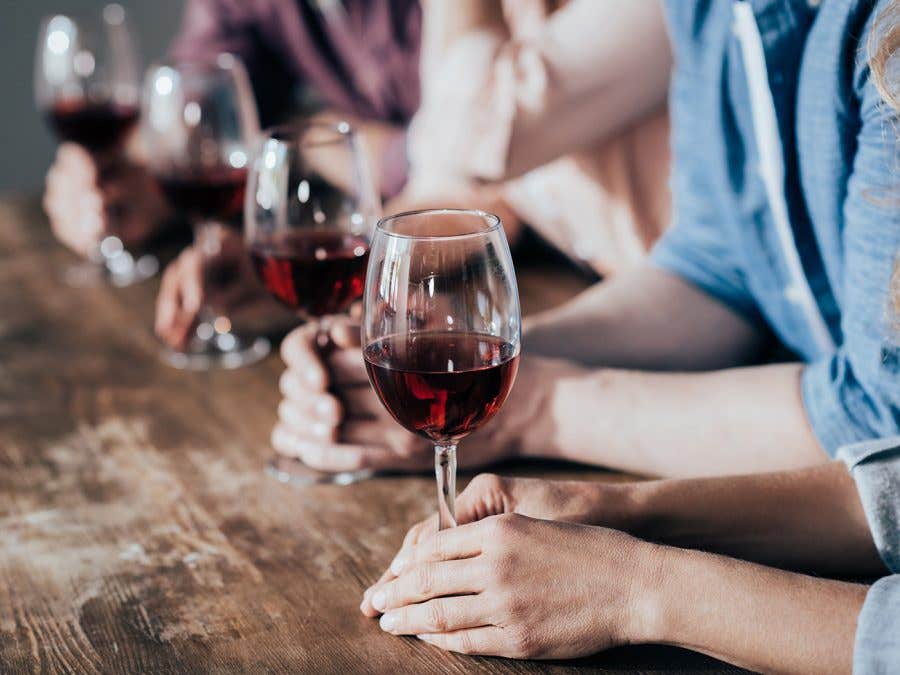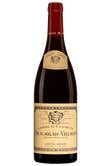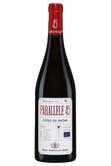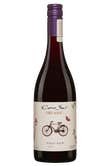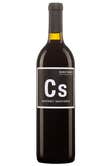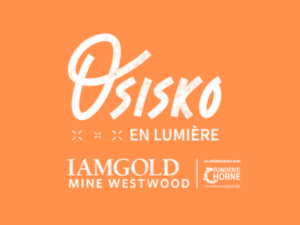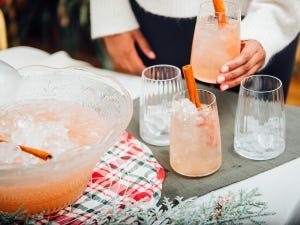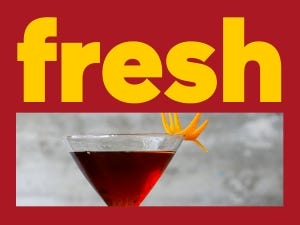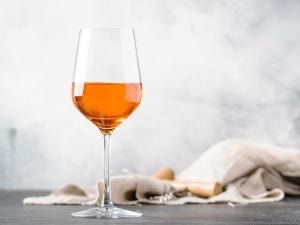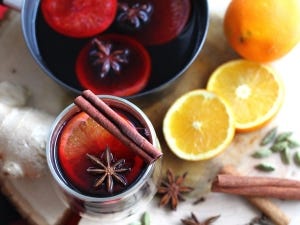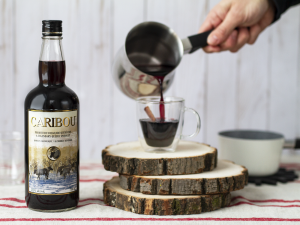Blind tasting
Here’s a fun way of testing your SAQ taste-tage knowledge: organize a blind tasting featuring four red wines, each from a different taste-tag category. Use the taste-tag descriptions to help guide you, and guess away!
Start by grabbing a sheet of paper and pen… then start tasting! For every wine, jot down your impressions: What did you think of the colour, aromas, flavours, textures and astringency?
To help get you started, we’ve put together a list of reds from different taste-tag categories so that you can get a better grasp on the characteristics typical of each category.
Designate a host — this person will be responsible for covering up the labels. Then, try guessing the taste tag for each wine. Once the tasting is complete, you’ll have a better idea of what your taste profile is, and will be better equipped to choose bottles from that category. If you enjoyed this little guessing game, repeat it with whites, rosés or even fine spirits! And if you’re curious as to which taste tag you buy most often, check out your Inspire profile on the SAQ mobile app.
A successful tasting
1. Look
To better observe a wine’s colour, slightly tilt your glass over a white surface and note the following characteristics:
- Limpidity
- Colour intensity
- Colour
2. Smell
Why swirl the wine in your glass? This technique helps to release the aromas. Once you’ve swirled the wine in your glass, note the following:
- The degree of aroma intensit
- The kind of aroma
3. Taste
Take a solid sip of wine and gently swish it around your mouth with your tongue, crushing it against your palate. This will help you fully taste the wine’s aromas. Note the following:
- The balance between aromas and flavours
- The predominate fundamental flavour (sweet, salty, acidic, bitter)
- The tactile impressions (viscosity, body, texture, alcohol content, astringency)
- Persistence of impressions (length in mouth)
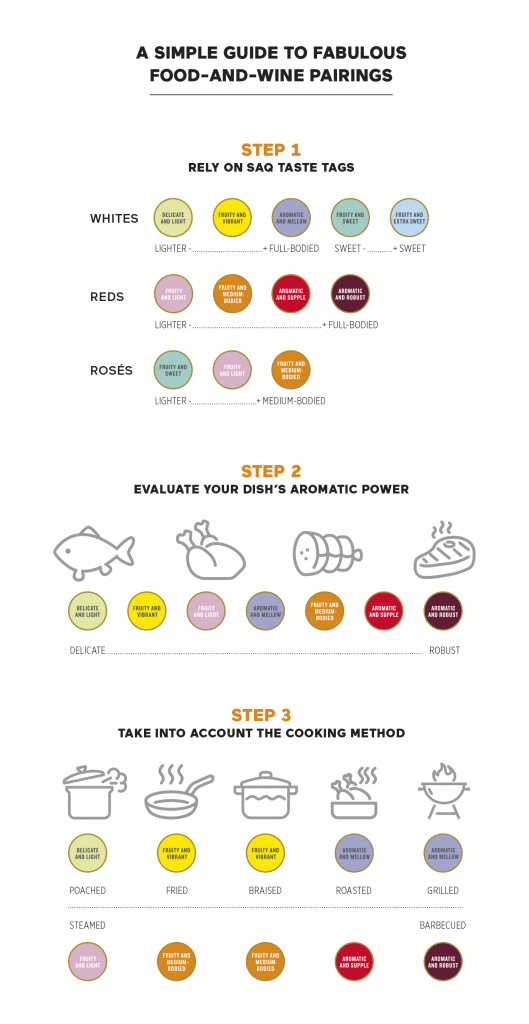

-
Inspiration
(812)
- Profiles (202)
- Interviews (85)
- Share (326)
- Trends (67)
- Tasting and service (51)
- Production methods (21)
- Conservation (5)
- Wine cultivation (27)
- Pairings and Taste Tags (26)
- The SAQ is here (52)
-
About us
(73)
- Press releases (60)
- Career (5)
- Clarifications (8)
- Sustainable development (21)
 Access to SAQ Inspire personalized services and store inventories are unavailable at the moment.
Access to SAQ Inspire personalized services and store inventories are unavailable at the moment.
